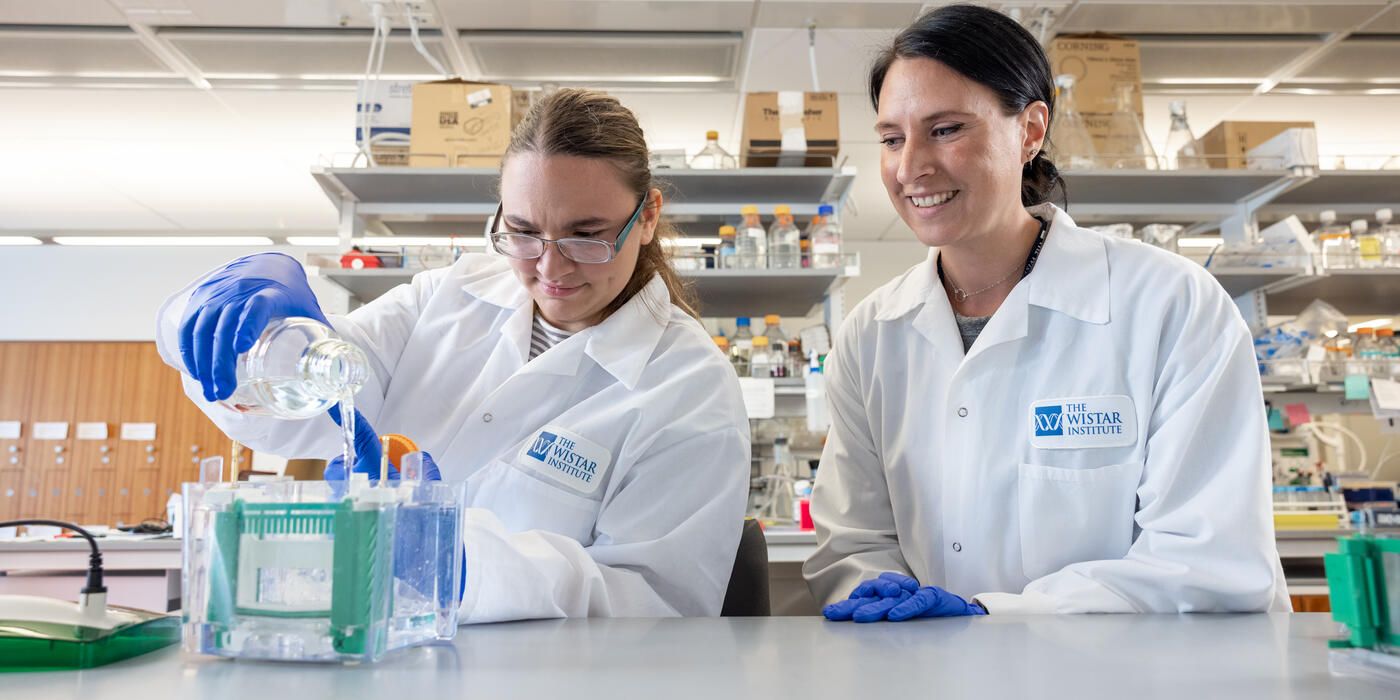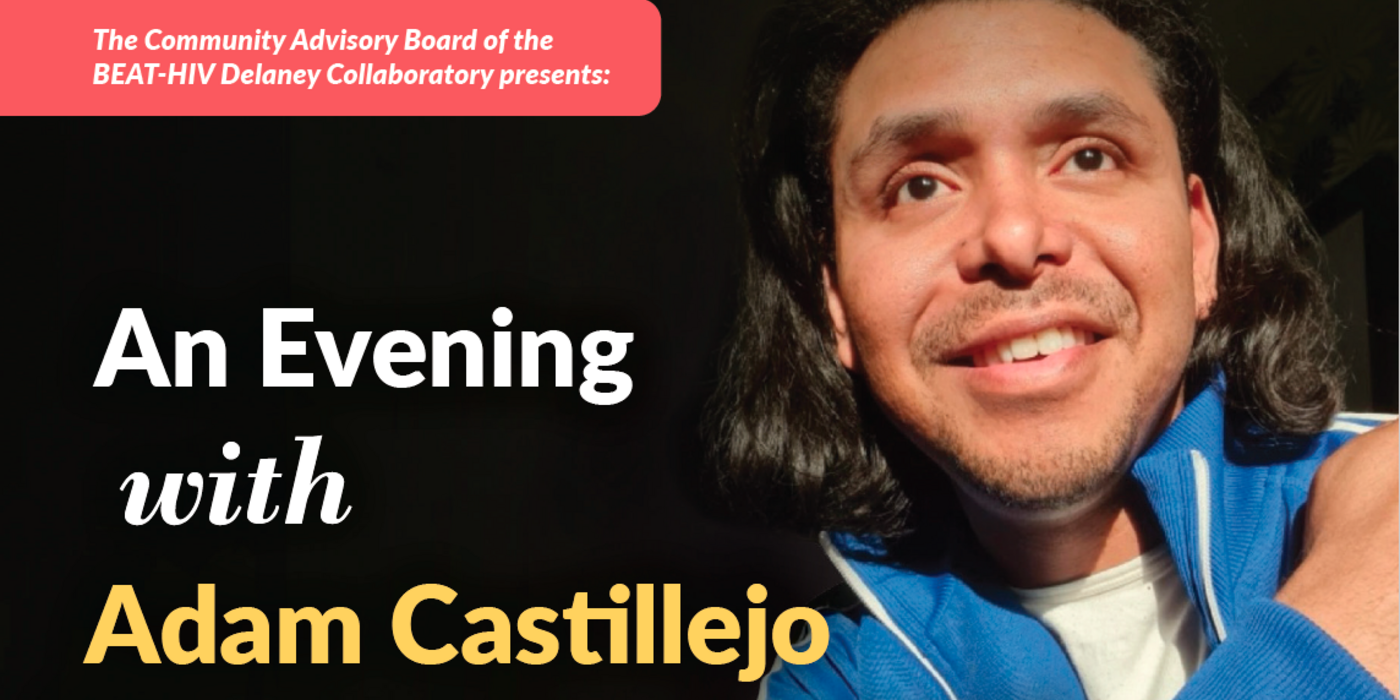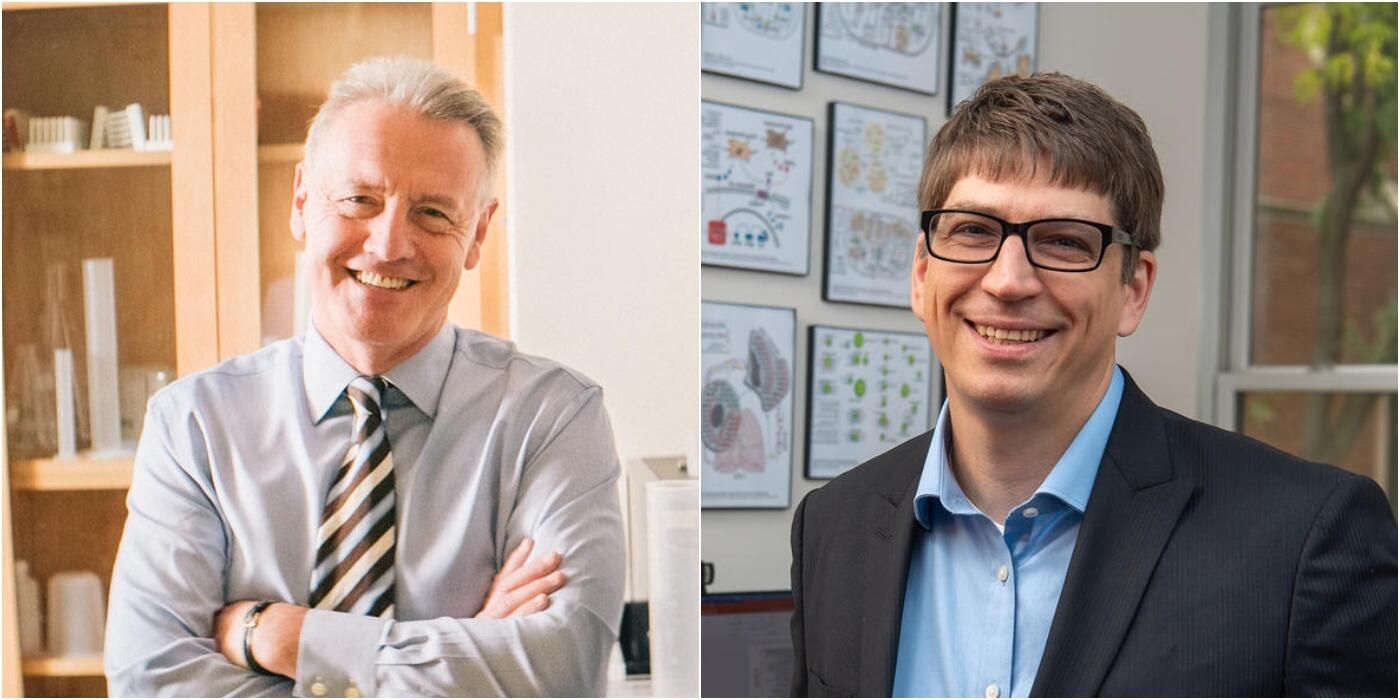Expanding Learning Opportunities for Diverse Scientists
Dr. Sandra Deliard of the Gardini lab is combining genetics and cell biology to better understand cancer. Born in New York City and raised in Philadelphia, Deliard earned her bachelor’s degree in Biology from the University of Pennsylvania and completed her Ph.D. in Biomedical Sciences with a concentration in Cancer Biology and Genetics at Temple University. She is currently studying epigenetic modifications of myeloid cells – specialized cells in the bone marrow.
In a conversation with Dr. Deliard, she discusses her professional journey, research challenges, and the importance of investing in diverse and underrepresented populations when supporting scientific talent.
Did you come from a family of scientists? Who inspired you growing up to pursue science?
I did not come from a family of scientists, but I have several family members in the medical field. I was always drawn to science growing up, and I wanted to pursue a career in medicine. I began doing research in high school mostly in genetics. Once in college, I continued to work in research labs, which I found more enjoyable than working in a clinical setting. I then decided to pursue science as a researcher because I could still contribute significantly to the advancement of medicine without working directly with patients.
What drew you to Wistar and what do you like about working here?
Following my Ph.D., I wanted to progress in the field of epigenetics and bioinformatics. A colleague in my Ph.D. lab connected me with Dr. Alessandro Gardini, who offered me an opportunity to continue my training as a Postdoctoral Fellow in his lab. Wistar is a highly regarded Institute and well known for its groundbreaking research. This reputation made it easy to choose to work here. I like the collaborative environment Wistar fosters within the Institute and with other academic institutions in the area, like the University of Pennsylvania. These collaborations allow access to more ideas and technologies that enhance the productivity of the research done in Wistar labs.
What is your favorite part of your role and your day?
I enjoy doing experiments at the bench, but my favorite part is getting results back from sequencing experiments and analyzing the data.
Do you have a challenging moment in your career so far and how did you overcome it?
My most challenging times were during my Ph.D. There were points where it felt like none of my experiments were working, which was stressful because I knew graduation was contingent on me having enough data to write a manuscript for publication. I overcame this by finally reaching out and getting extra help from my mentor and other lab colleagues. Through the years, I also learned to step back and look at the collection of my work rather than focus on a particularly difficult time. This gave me the encouragement to persevere and complete my Ph.D.
What advice do you have for someone who wants to pursue science?
Science is a rewarding career, but there will be difficult and discouraging times. It is crucial to know when to ask for help, whether it is with an experiment or career advice. Also, it is good to have career goals, but you do not have to follow a rigid path. It is okay to change your mind about what you want or don’t want to do. The great thing about science is that there are many paths one can take in various fields, so it is best to stay flexible and keep an open mind about opportunities that may come your way.
Congratulations on receiving the Wistar Diversity, Equity, and Inclusion Travel award. What does this opportunity mean for you?
Thank you! With this award, I can focus more on the bioinformatics training I need to advance my career. More importantly, as a Black woman in science, this award is especially meaningful since there are so few of us in the field. A career in science can be highly competitive. It is even more challenging for people of color, LGBTQIA+ people, and people from under resourced communities, as opportunities for these groups are particularly scarce. I hope Wistar continues to offer opportunities like this and uplift people from underrepresented populations like myself. An equitable representation of different people in the field will only promote better science and more advancements.









